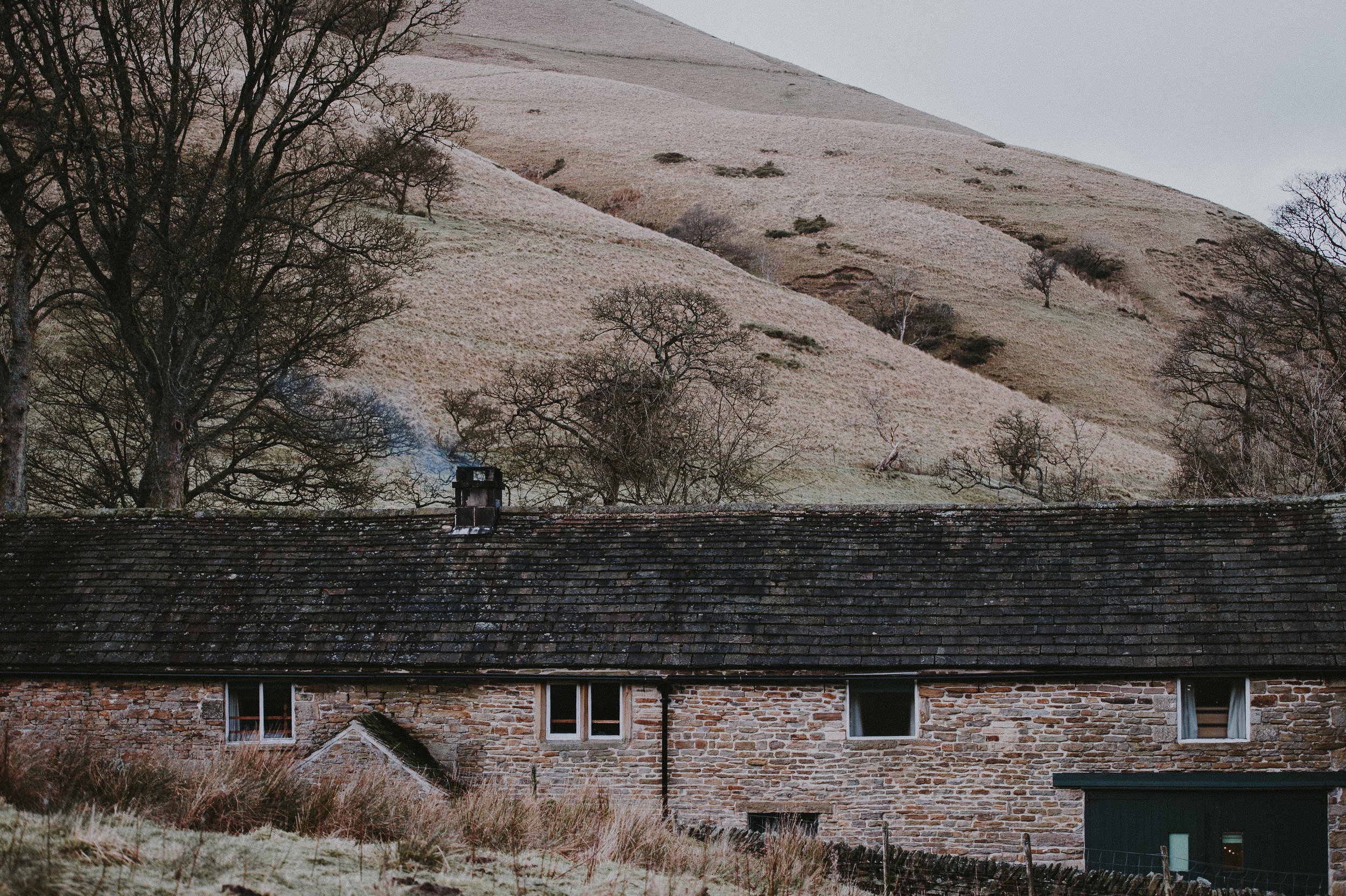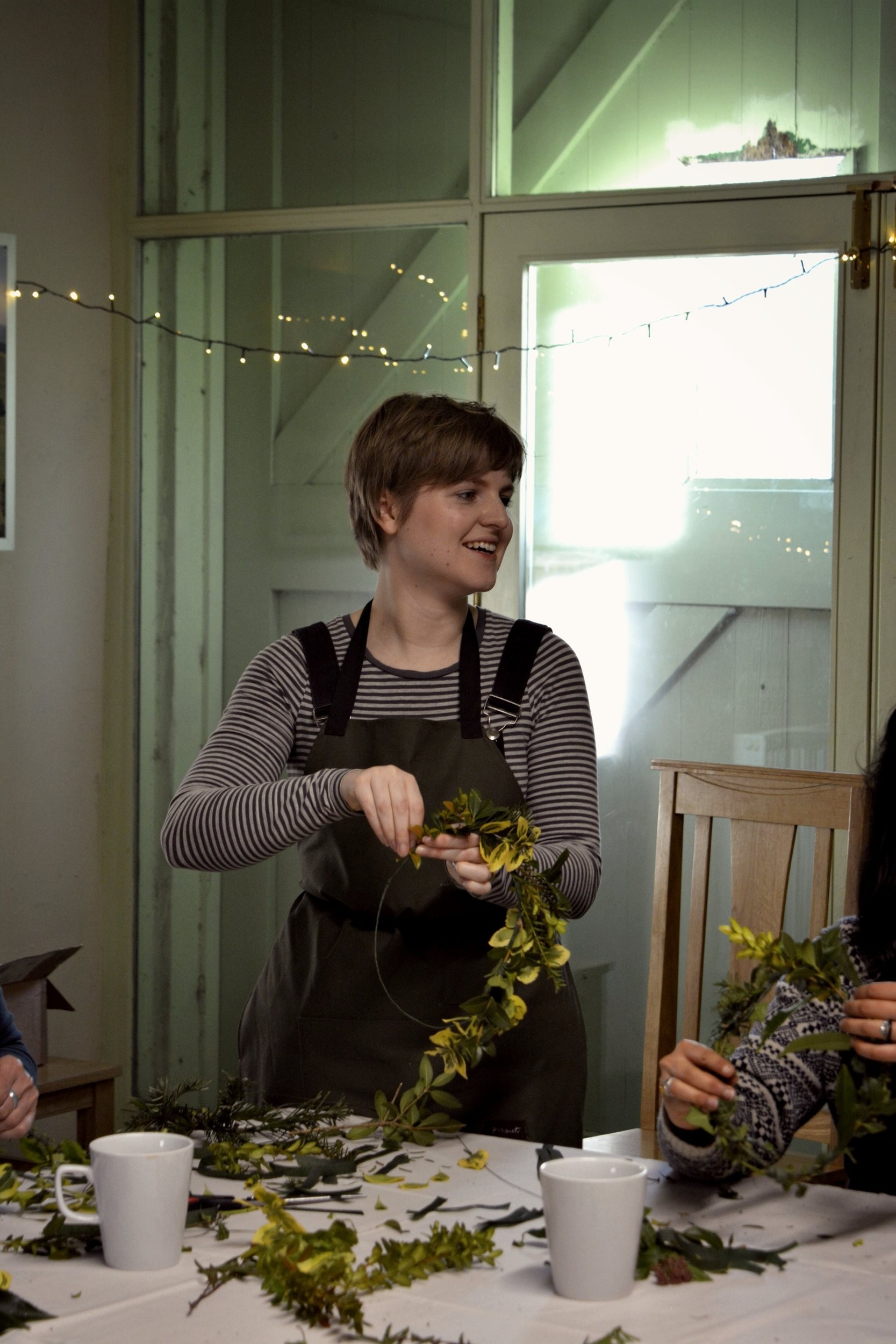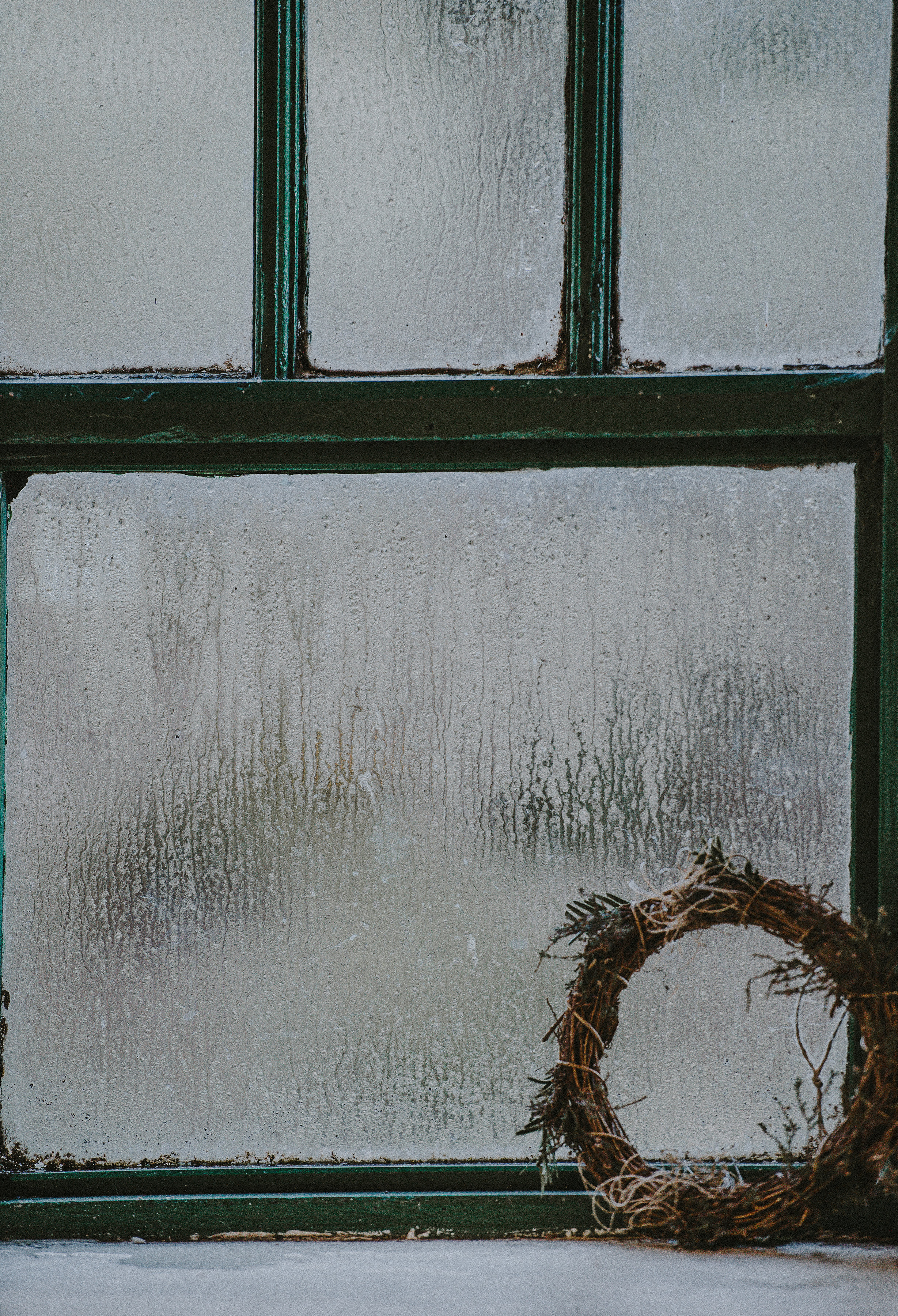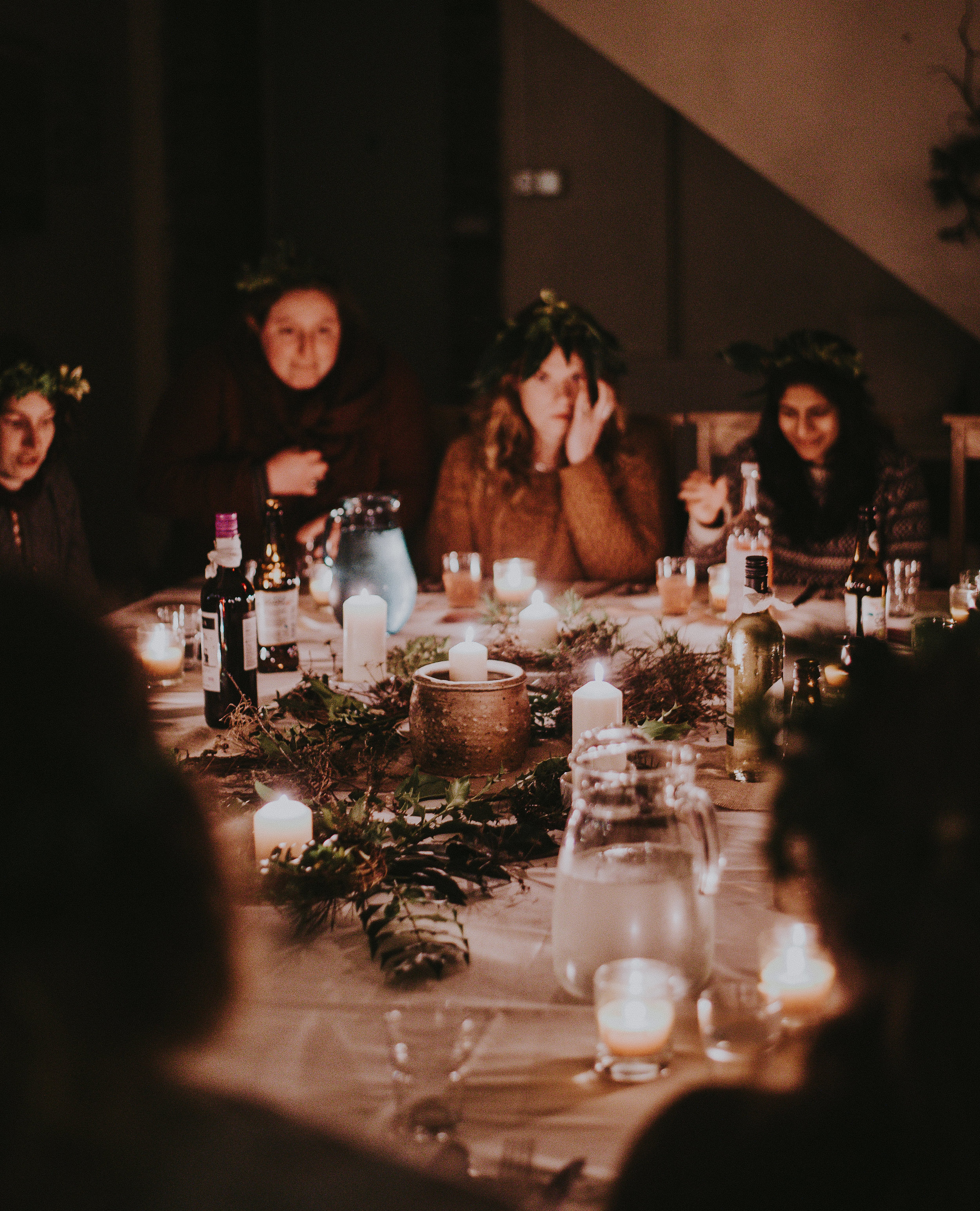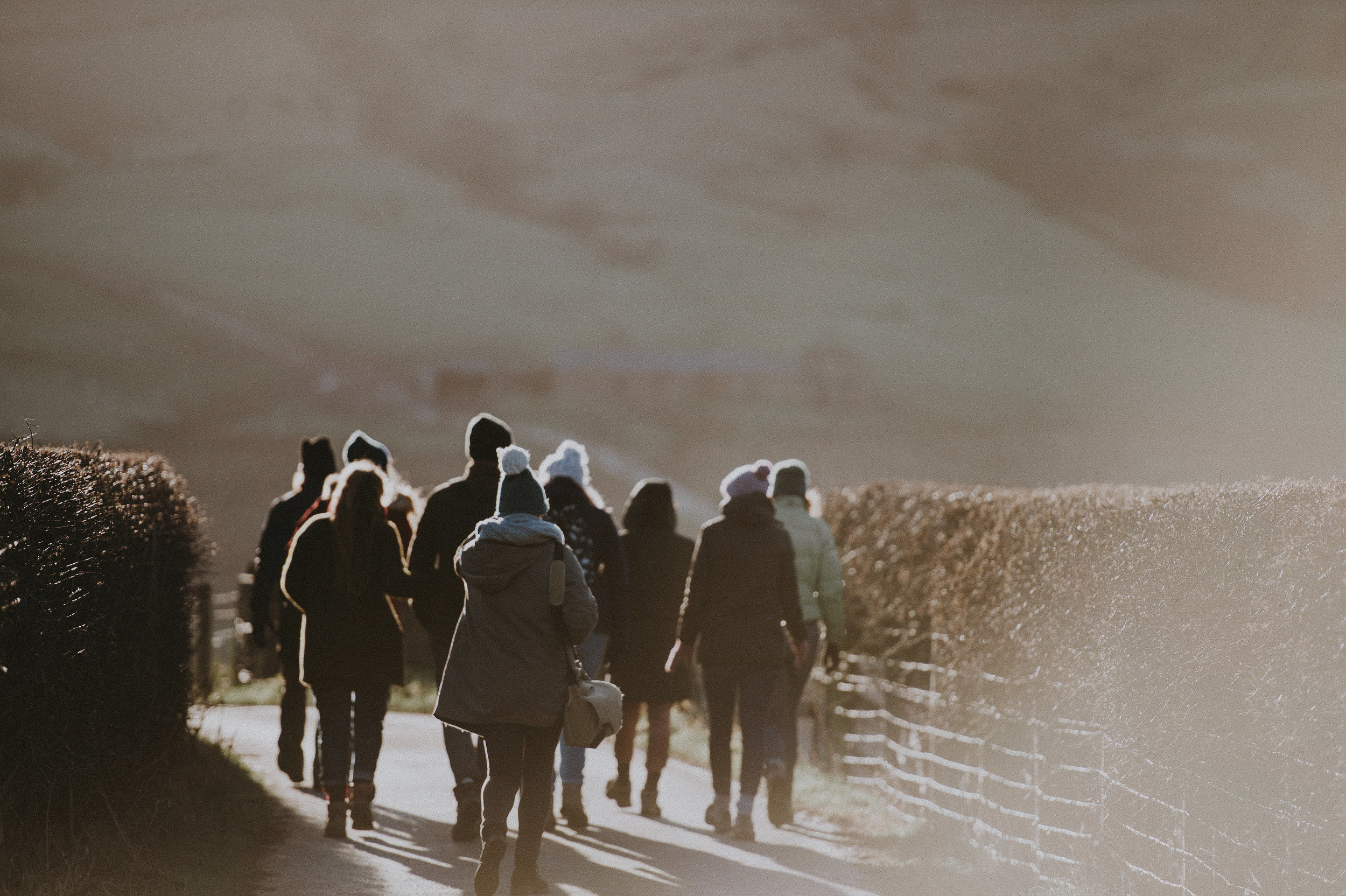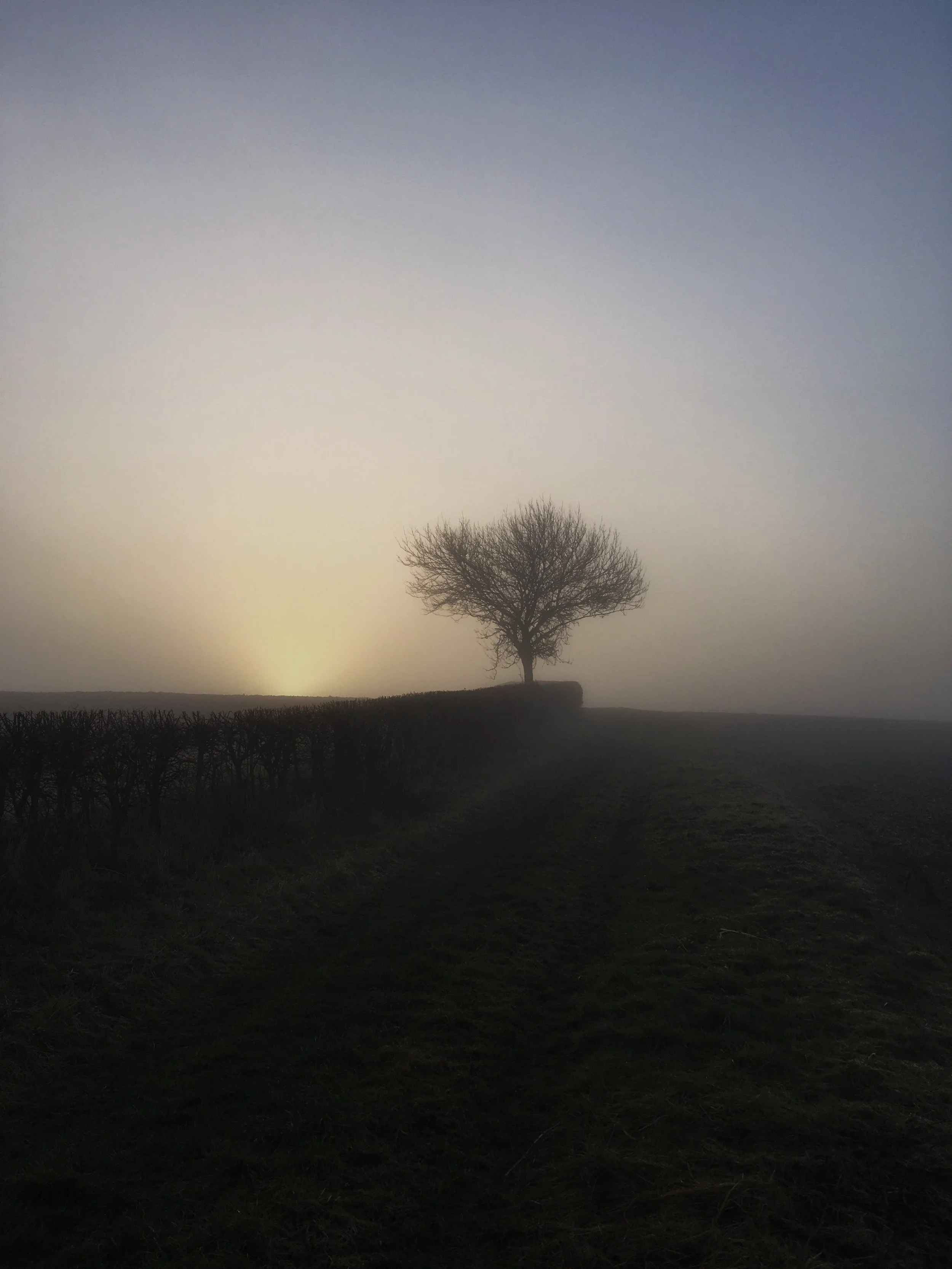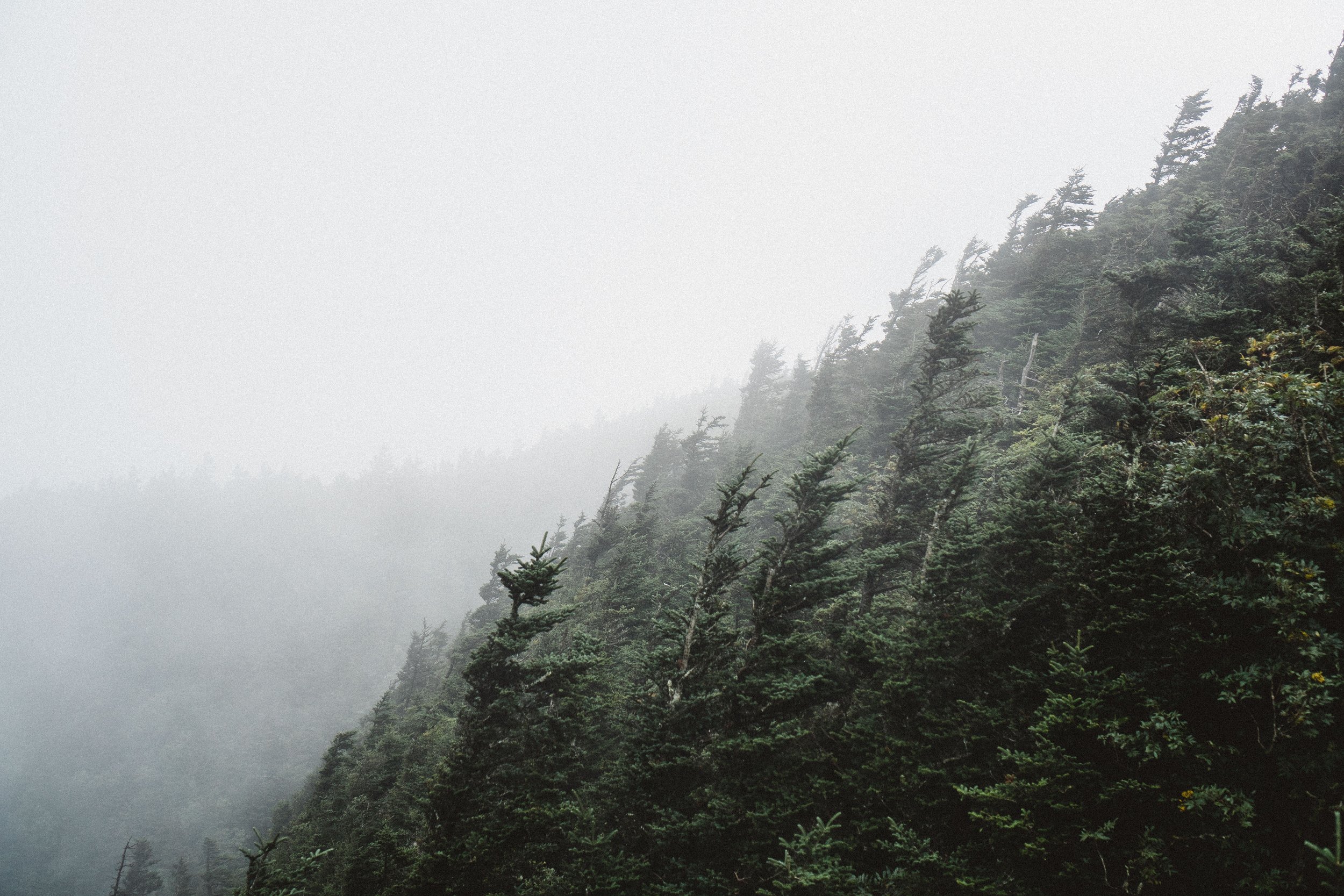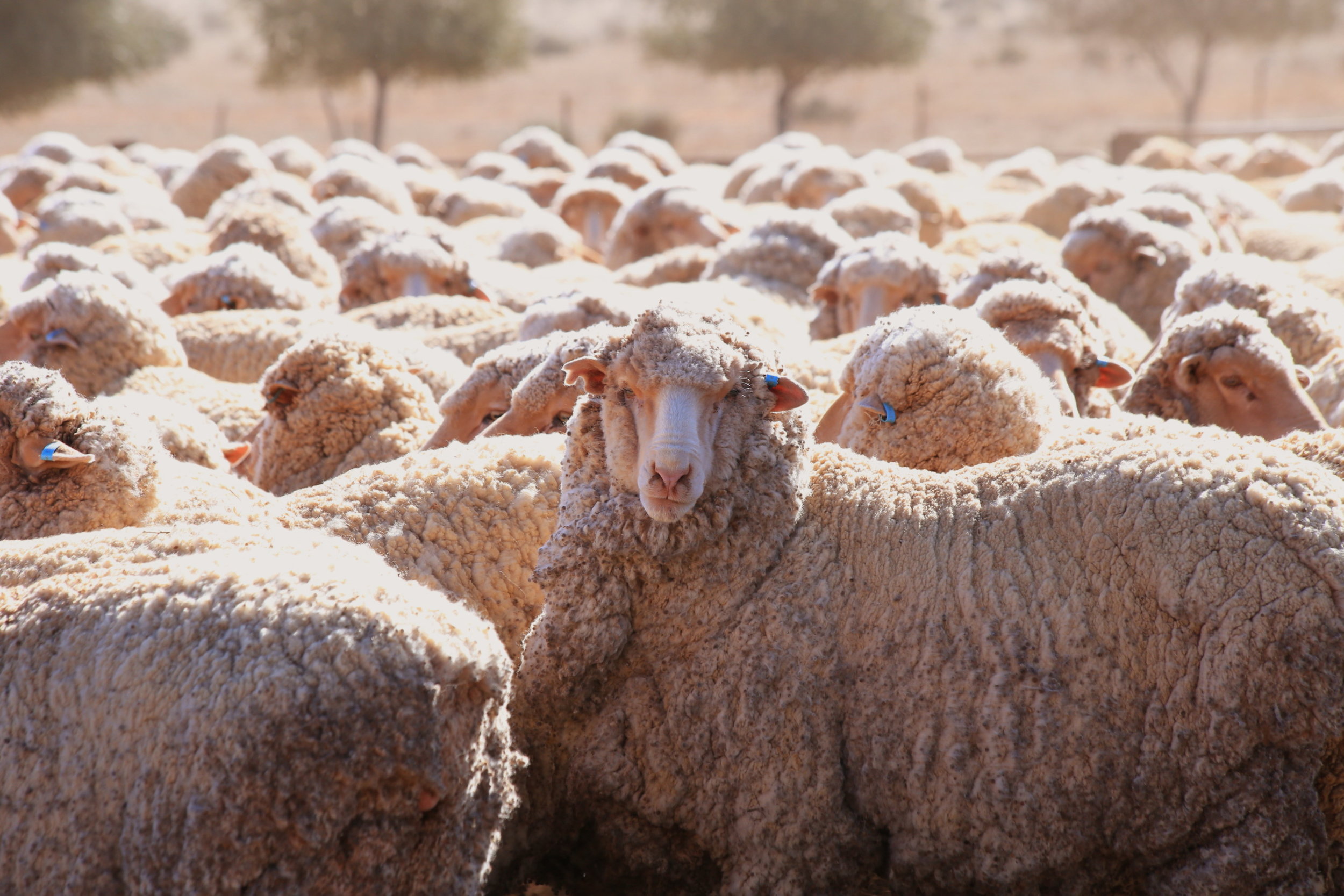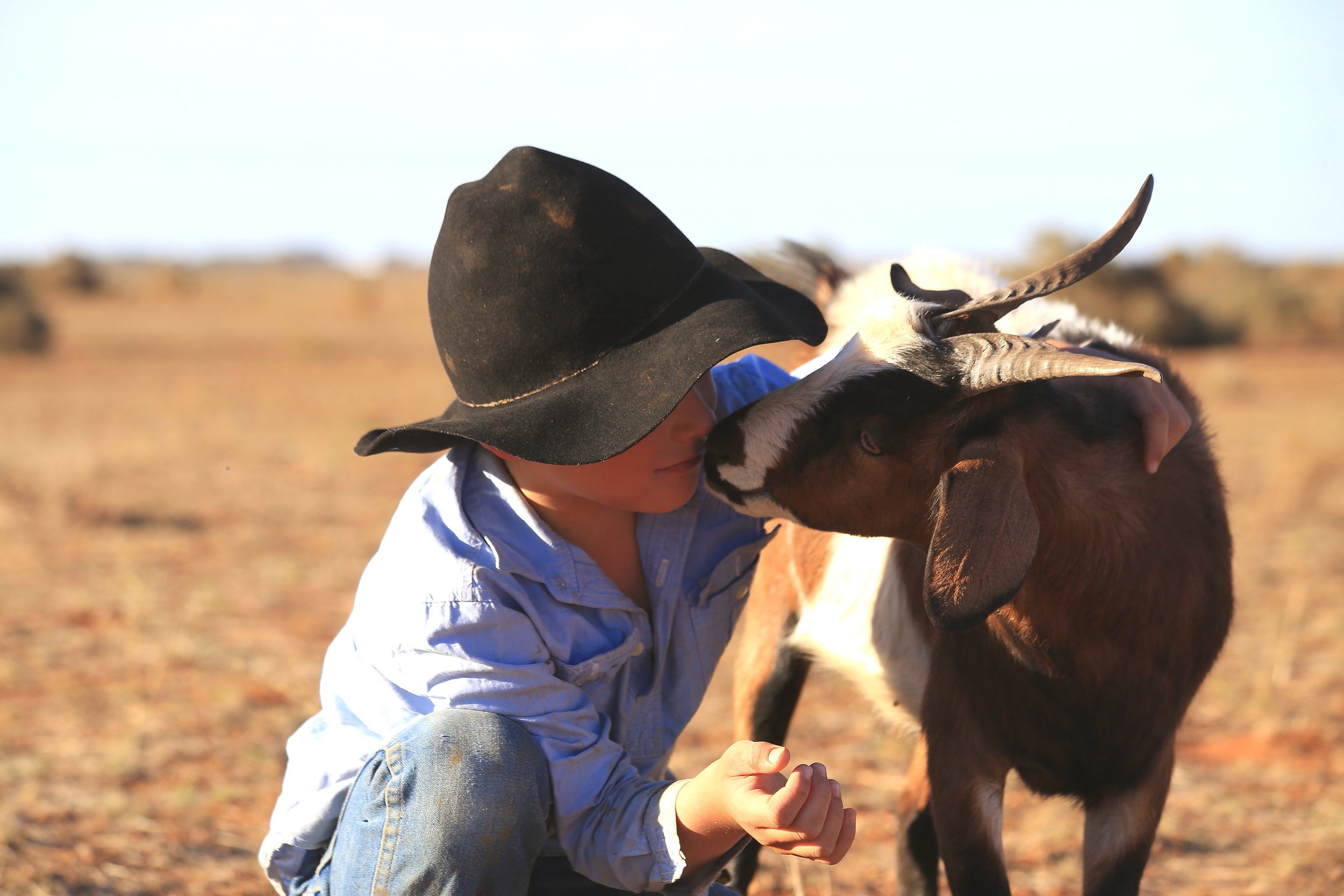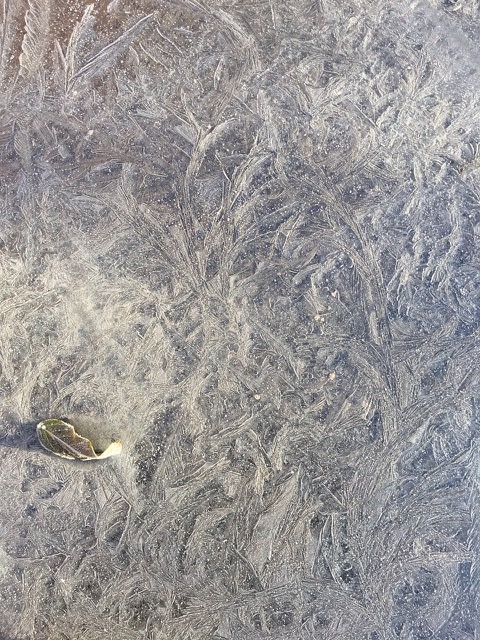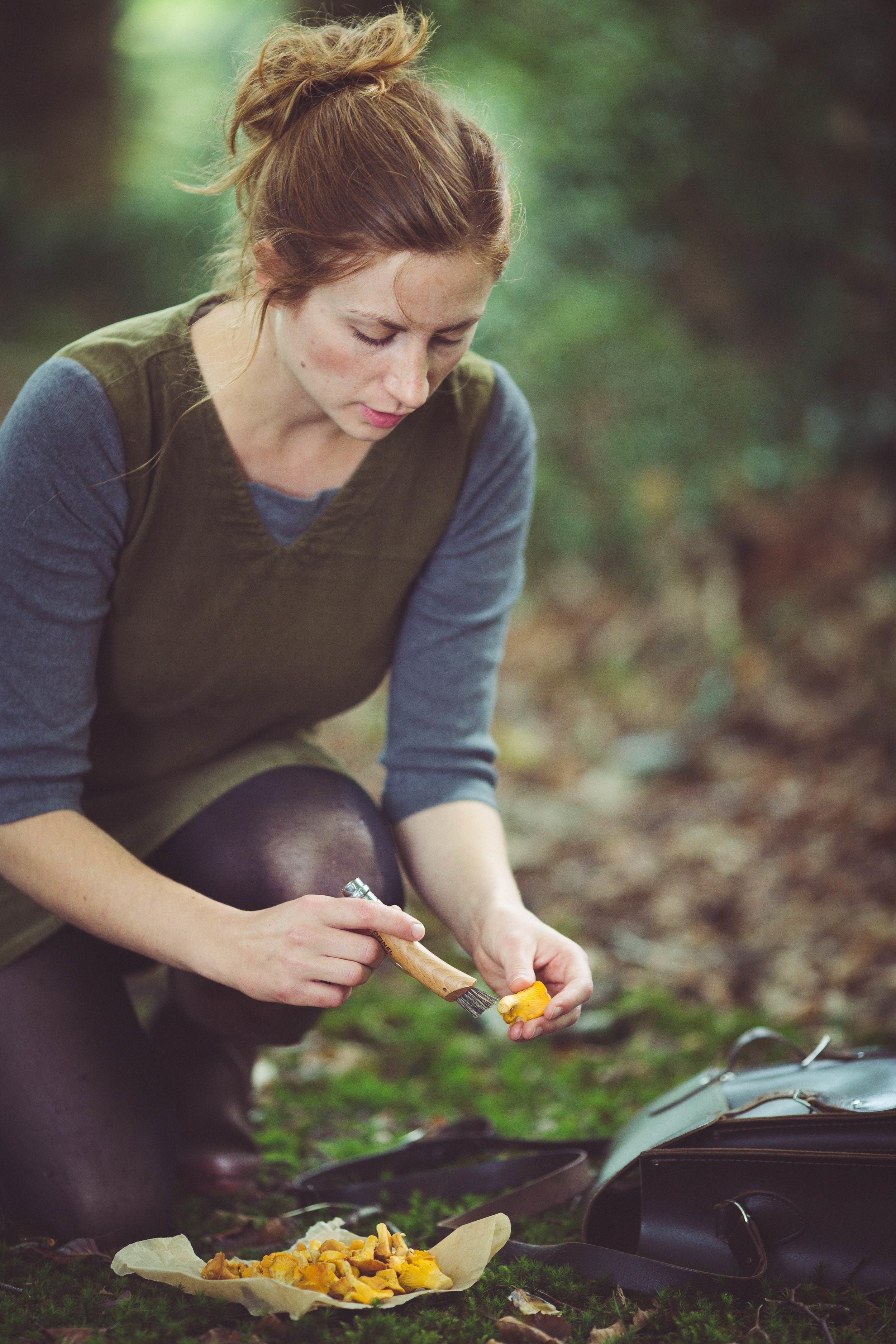All images courtesy of the very lovely Annie Spratt, unless otherwise stated.
I can't quite believe it's taken me over three weeks to formulate the words to tell you about the very first Creative Countryside Winter Gathering. What began as a late night musing on Instagram led to 18 of us holed up in the Peak District for the first weekend of the new year. It was rejuvenating, inspiring, incredibly hard work(!), and taught me so much about how I want to build this community from now on.
My sister, Jess, came along as my indispensable co-host, and we arrived mid-afternoon on the Friday at Dalehead Bunkhouse, near Edale, to set up. Darkness steadily rolled in as we decorated with greenery and prepared for the first attendees to arrive. I'd chosen a location nearby a train station (I don't know about you, but arriving by train always feels a bit more stress-free), and after a couple of pick-ups we were settled for the night.
We began with cider bellini cocktails (which turned out to be a bit more lethal than we'd imagined...) and coupled with a roaring fire, they helped encourage the group of strangers to bond and connect. Before dinner, Mugdha from Kindred & Kind led a herbal tea talk and tasting, and as someone who absolutely hates licquorice, the blend that included it was surprisingly delicious! Jess and I then got on with food preparations, before leading everyone through to feast on creamy mushroom and herb pasta followed by mulled winter fruits and spiced gingerbread.
Conversation flowed in the candlelight and slowly people moved up to bed, or closer to the fire for late night reading. Sleep eluded me that night, but we were up early to make the most of the day.
Just as the sun was rising, Elizabeth led an inspiring meditation with around half the group. I've always struggled with the concept, but her advice that you're supposed to get distracted, that it's coming back to focus that's of most importance, really rang true. The flames of the fire crackled and popped as we were still with our thoughts and Elizabeth's guidance. The second half of the group had left early to explore the hills, and returned just in time for buckwheat pancakes for breakfast.
I managed to escape for half an hour or so to explore with my camera, and it was wonderful to see so many others doing the same, despite the early hour. Creative Countryside's online editor Chelsea then led us over the hills and through the valley on a mindfulness walk. The brief rainstorm lent even more meaning to her words, as were guided to take note of the feel of the mossy wall, acknowledge our senses, and connect with our emotions. A potential stumbling block - a deep boggy pit right next to a stile - was avoided thanks to the characterful farmer who let us walk down his track, albeit with the caveat, "Don't make a habit of it!"
We returned with handfuls of foraged greenery, a few berries, and skeletons of winter grasses, ready to begin our foliage crown workshop, led by Jess. Event bags were handed out, and included craft aprons from Pursuit England, a luxurious green bath potion from Magic Organic Apothecary, lavender firelighters from Rebecca Fletcher, The Almanac by Lia Leendertz, and smudge sticks to cleanse the air from Kindred & Wild.
Image: Jess Townsend
Image: Jess Townsend
Image: Jess Townsend
Image: Eleanor Cheetham
Lunch was a warm cumin roasted carrot and lentil salad, with a cashew nut cheese that I'd never made before, which turned out to be incredibly popular! It was followed by two workshops: pouring our own beeswax candles, and learning all about the process from Francey at Tea and Wildflowers, and a very relaxed mini wreath-making session. It was wonderful to watch as some became engrossed in the creative act of wreath design, and our candles took on so much more meaning once we'd added our words to the glass jars - all taken from Shakespeare's Twelfth Night.
Image: Jess Townsend
Image: Jess Townsend
Before our Twelfth Night feast, we ventured out into the half-darkness to wassail. After wishing each other wassail (or 'good health') and taking a sip of mulled organic Wyld Wood cider from the antique cider mug, we poured cider onto the roots of an apple tree I'd brought from our orchard at home, adding a cider-soaked piece of toast into its boughs, hoping for a prosperous apple harvest for the year ahead. The ceremony then moved on to a raucous session of banging pots and pans to rid the air of evil (insect) spirits, and we closed by eating an apple from my orchard at home, and I encouraged everyone to plant the core and start their own apple-growing.
Image: Jess Townsend
The temperature had dropped and we returned indoors. Our handmade beeswax candles decorated the table, and we feasted on spiced celeriac soup with za'atar, honey-roasted vegetables with quinoa and pesto, and mini apple crumbles. We lingered at the dinner table before venturing outside again to do a spot of stargazing. Shooting stars flashed across the sky as we picked out constellations and attempted to take photographs.
Image: Sarah Porteus
Image: Sarah Porteus
Our final morning began with a few heading up to Mam Tor to watch the sunrise. The rest of us grabbed a bowl of Nordic spiced porridge and packed up the last of our possessions. A few left early with a long drive ahead, but we stayed awhile in Edale, exploring the village and surrounding fields, and enjoying a hearty pub lunch before saying our goodbyes.
Image: Sarah Porteus
Image: Sarah Porteus
I'm not brilliant with texting people back or replying to emails immediately, and I definitely haven't done half the things I've wanted to with the online Creative Countryside community so far, but in a way these real life meet-ups are the antidote to all of that chaos. I met Chelsea for the first time, and Sarah, our folklore editor, too. So many of the people that attended have been involved in the magazine. And some I'd never really chatted to before. It was a real mix of truly interesting creatives, and I'm so grateful to have had the chance to get to know them more.


